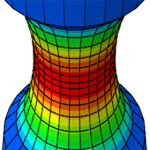
True or False? Test your knowledge about Endurica
Endurica is only a software company.
False. While Endurica is perhaps best known for its game-changing fatigue solver software, we also deliver industry-leading testing services, testing instruments, and training. If you need durability for elastomers, we are uniquely positioned to bring you winning capabilities.
Endurica is used by the majority of top rubber product makers.
True. As of the 2021 Rubber News global rankings report, 6 of the top 9 global rubber product makers are using Endurica solutions to characterize and simulate durability.
Endurica invented Critical Plane Analysis.
False, but... Critical Plane Analysis – the technology that gives best accuracy fatigue life predictions under complex multiaxial loading – was originally pioneered by the metals fatigue community. But Endurica does hold the patent on the first Critical Plane Analysis algorithm suitable for elastomers, and we are the world leaders in making the technology available to product developers.
Wohler curve based methods are just as accurate and competitive as Endurica’s Critical Plane / Fracture Mechanics-based method.
False. Wohler curve based methods suffer from many problems that are solved by the Critical Plane Method. 1) they often assume a wrong crack orientation rather than searching for the most damaging scenario, 2) they do not account properly for mode of deformation effects, 3) the testing program required to populate a Wohler curve scales poorly and has poor repeatability.
I don’t need Endurica software if I already have a metal fatigue code (nCode DesignLife, FEMFAT, MSC Fatigue, and fe-safe).
False. Metals and elastomers have completely distinct molecular structures and behaviors. While metals operate at small strain, elastomers tend to operate at large strain. Where metals exhibit linear elasticity, elastomers exhibit nonlinear behavior. Using a metal fatigue code for analyzing elastomer fatigue is like trying to use a car as a boat: you can certainly drive the car into the water, but you end up on the bottom of the lake.
Endurica solvers work with Ansys, Simulia, and Hexagon simulation platforms
True. We maintain software development partnerships with the major finite element software vendors so that we can offer easy to use pre-and post- integrations with Ansys, Abaqus, and MSC/Marc. You can use the Endurica workflows with the finite element code that works for you. We also develop the fe-safe/Rubber plugin.
Everyone knows you can simulate durability.
False. We’re always surprised by the number of people at conferences and trade shows who don’t know that simulating the durability of rubber is even possible. Our tools simulate everything from basic constant amplitude cyclic loading, to variable amplitude, multiaxial loading (up to 6 input channels!), ageing, strain crystallization, ozone attack, cyclic softening, creep crack growth, self-heating, block cycle schedules, residual life. Our multi-threading capabilities mean that large jobs can execute quickly. Our solvers are fast enough to compute damage in real-time for a full finite element model!
Endurica solutions have had significant commercial impact.
True. Endurica was founded in 2008 to reduce rubber product launch cost and risk and we have saved our clients millions of dollars. Endurica’s impact was recognized with the prestigious U.S. Small Business Administration Tibbetts award.



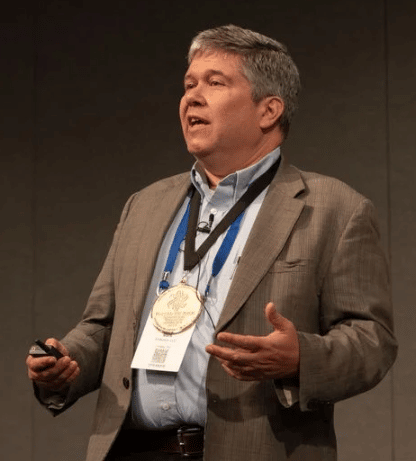


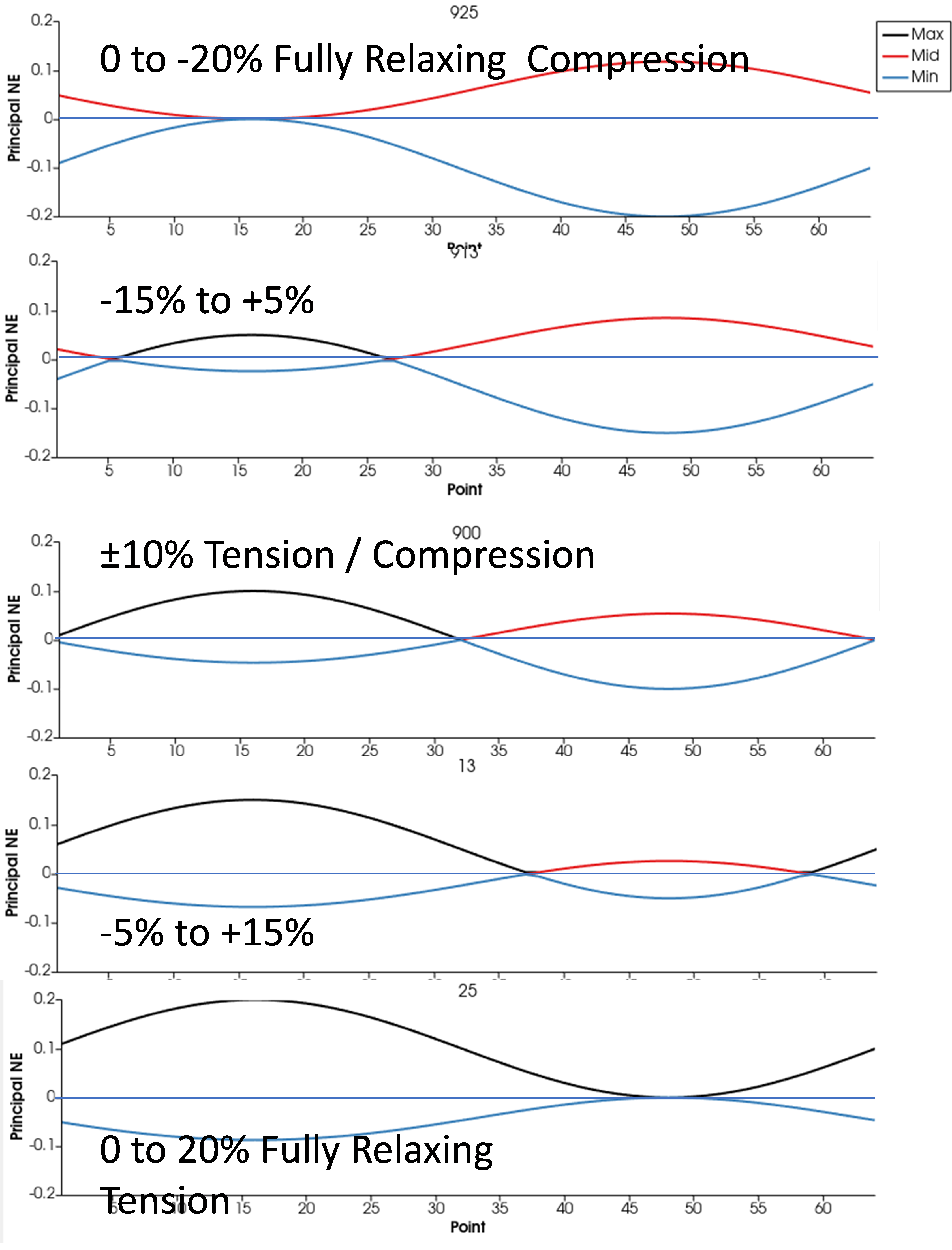
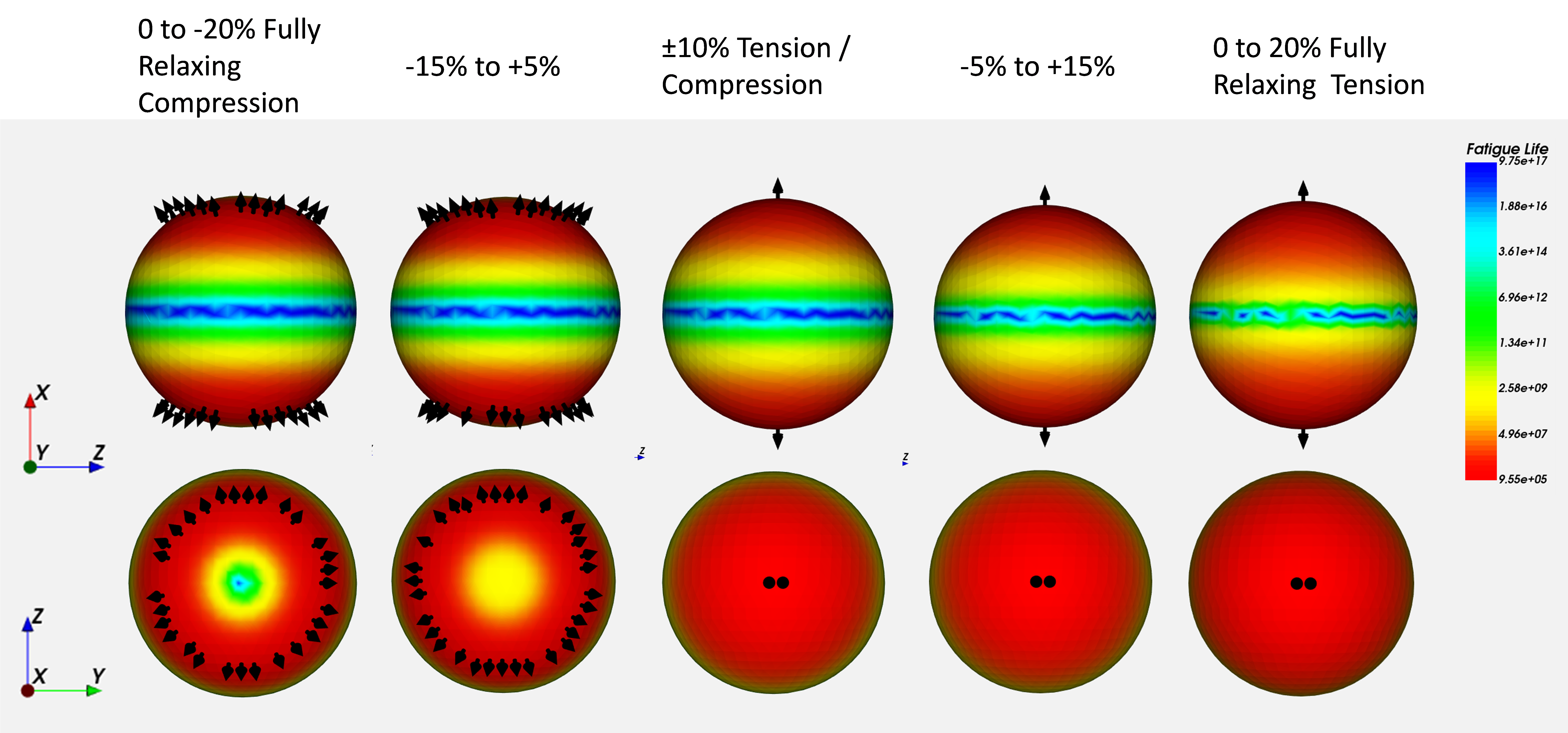
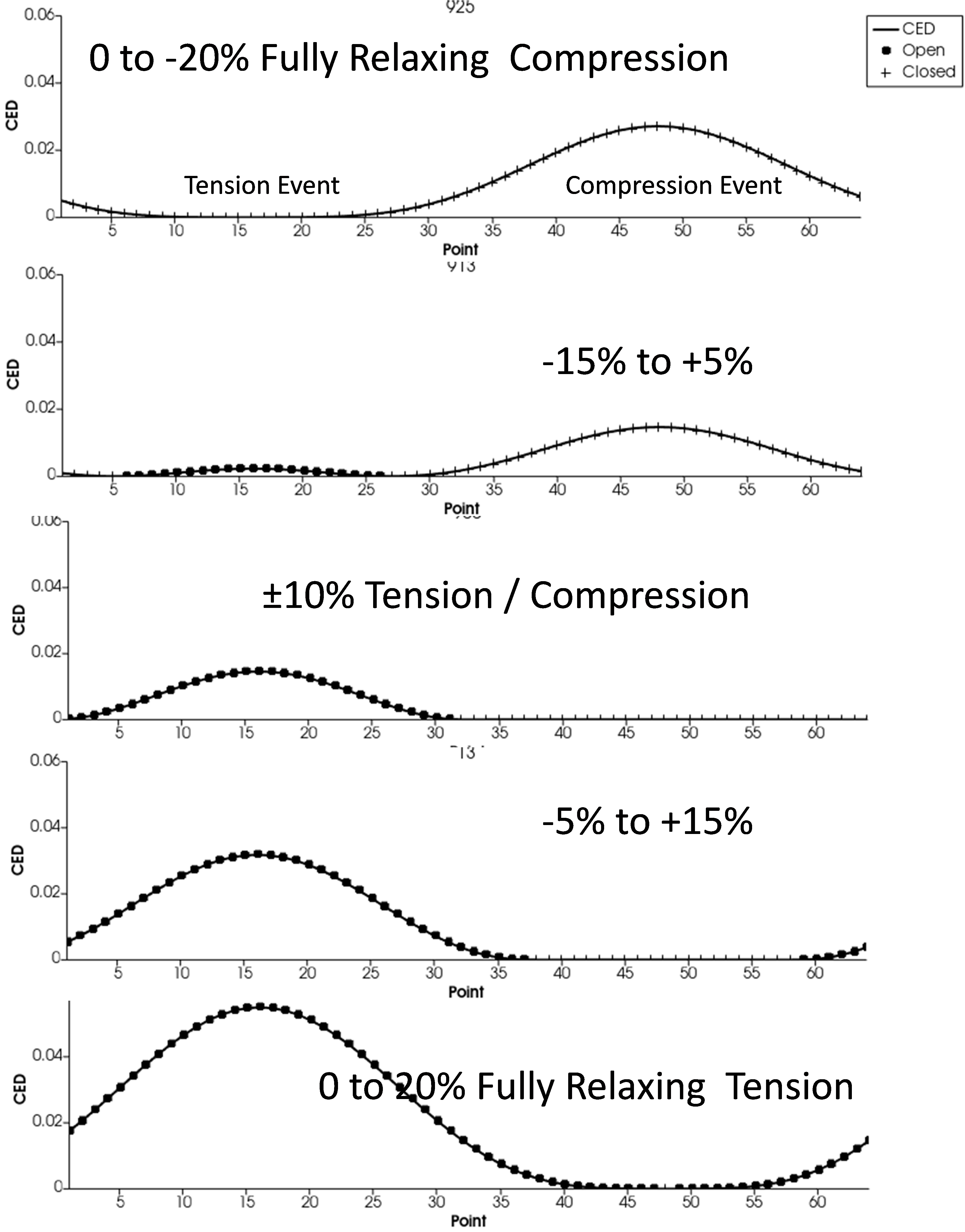
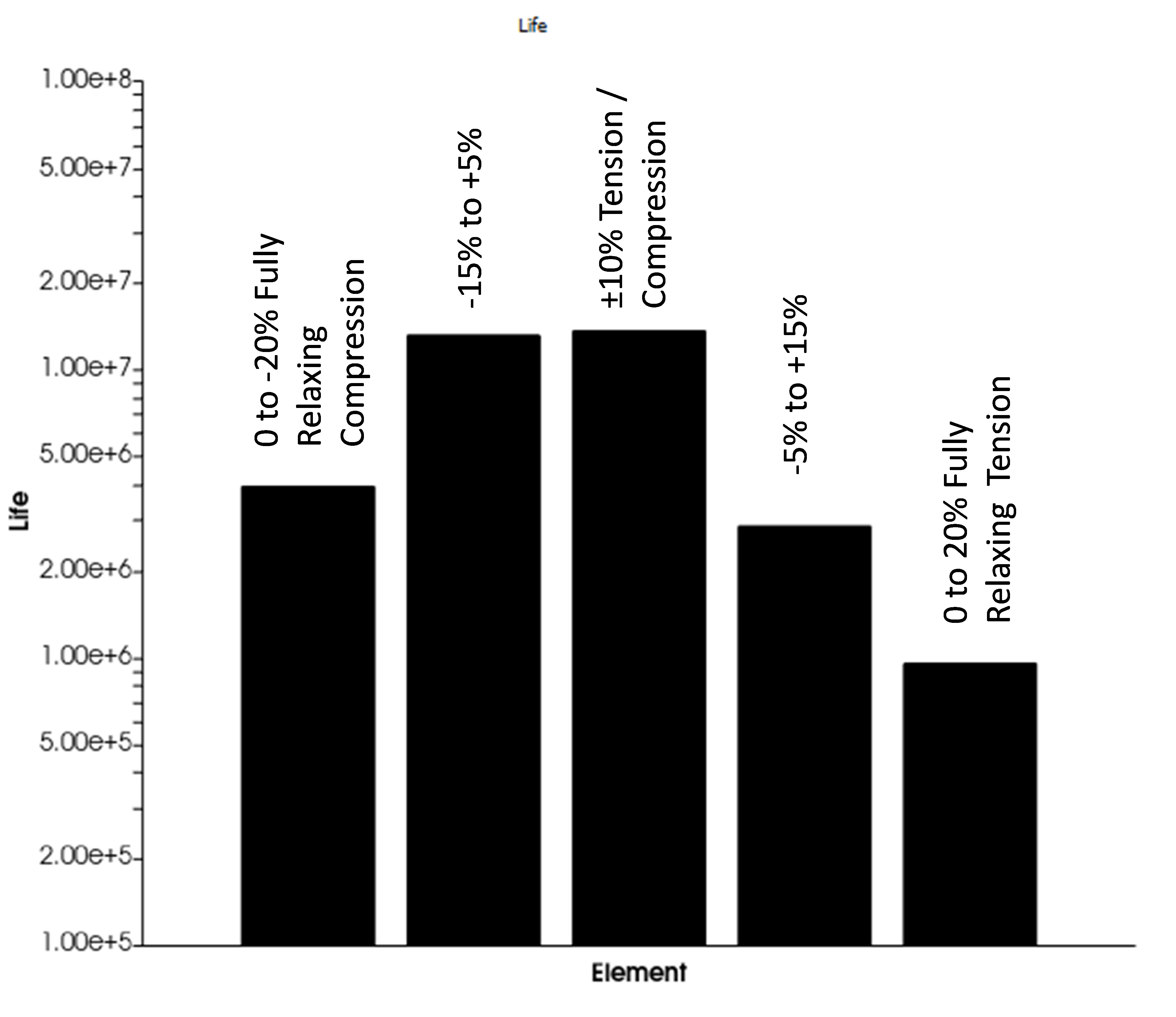

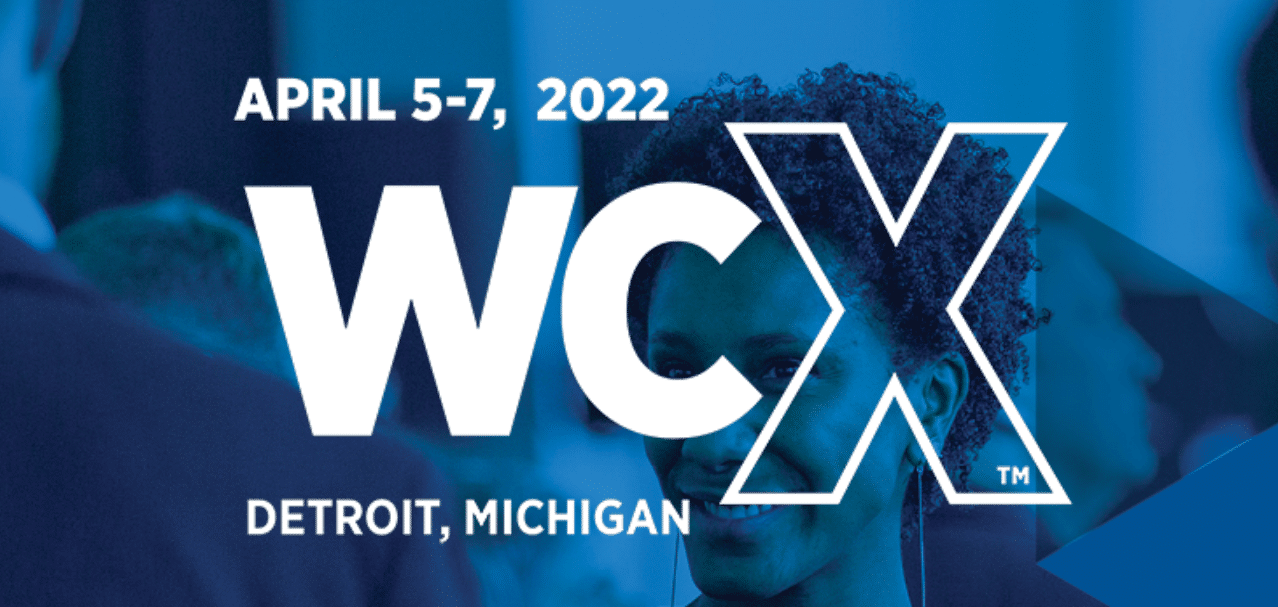
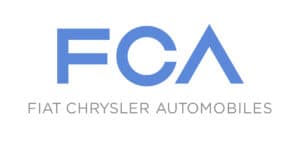 with coauthors C Elango, Sathish Kumar Pandi, and Roshan N. Mahadule from FCA Engineering India Pvt, Ltd. Check out the abstract or
with coauthors C Elango, Sathish Kumar Pandi, and Roshan N. Mahadule from FCA Engineering India Pvt, Ltd. Check out the abstract or 

 Once a year, we ask our users to weigh in on what we can do to further improve your experiences with the Endurica fatigue solvers. The feedback helps us aim our development at bringing you winning capabilities. It is also a marker we can use to gauge progress.
Once a year, we ask our users to weigh in on what we can do to further improve your experiences with the Endurica fatigue solvers. The feedback helps us aim our development at bringing you winning capabilities. It is also a marker we can use to gauge progress.

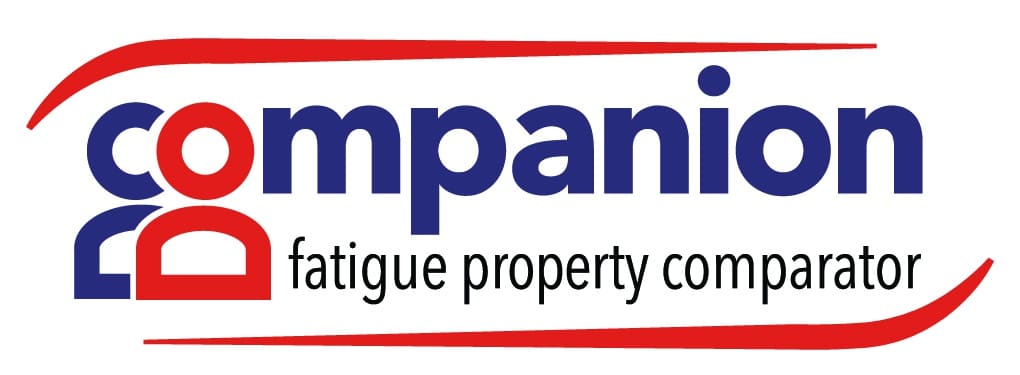
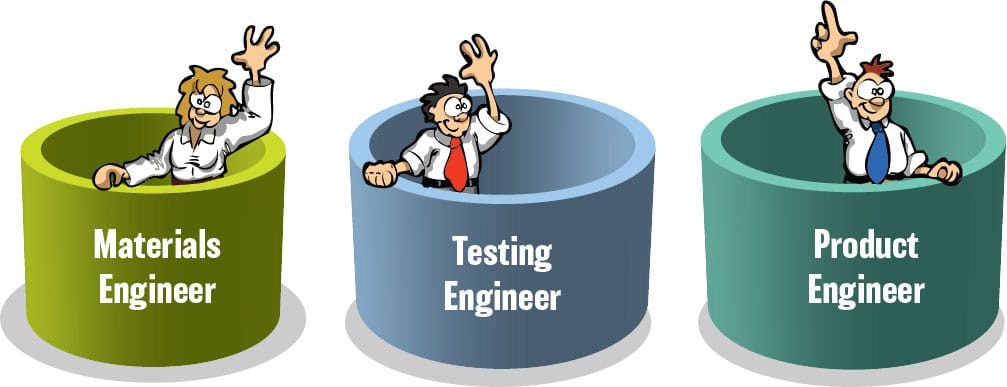
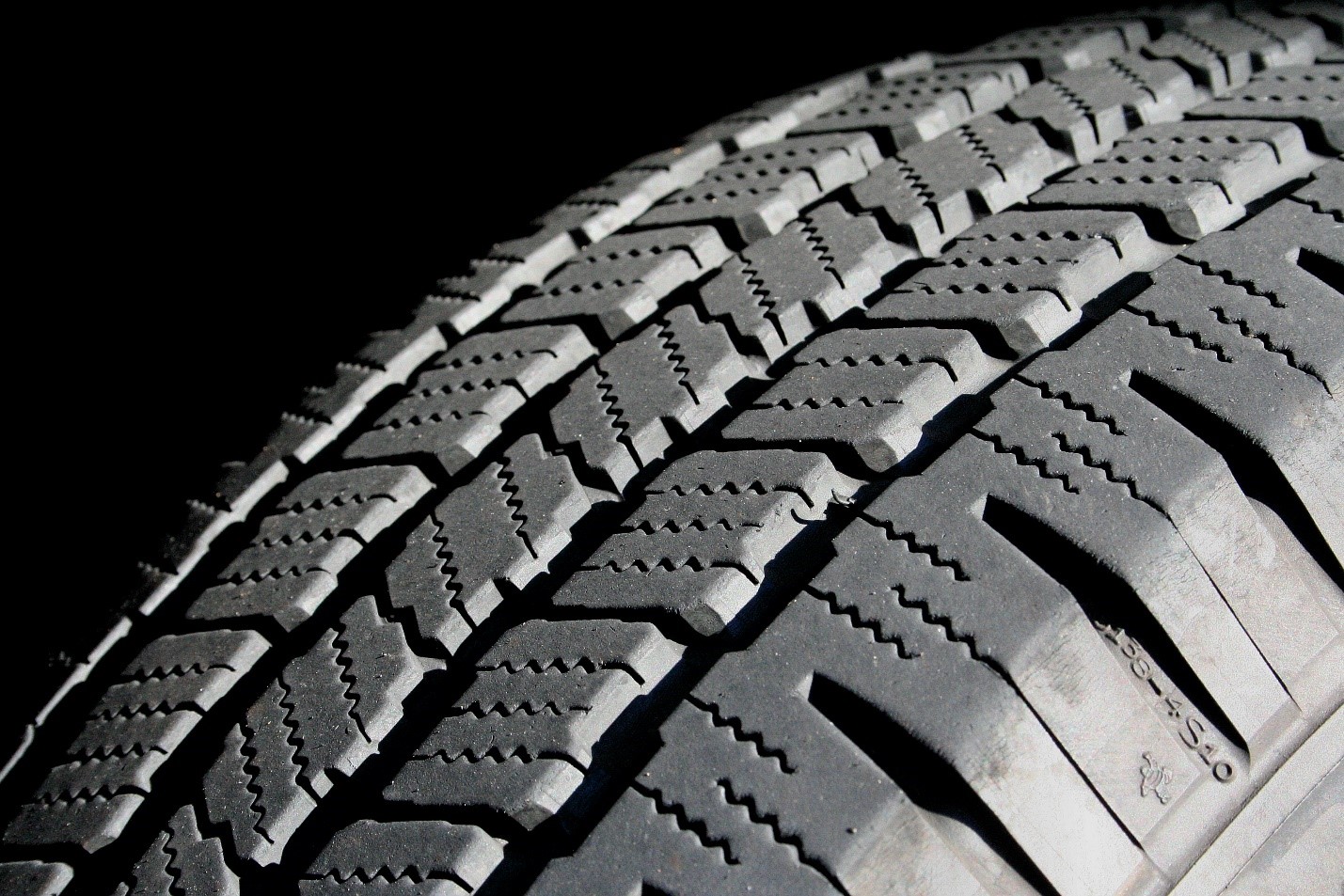 The Tire Society held its 40th annual meeting last month with the theme The Virtual Tire. It has always been the place to see up and coming ideas, to see who is pushing into the frontiers of the field, and to renew professional connections across the industry. Endurica was very proud to sponsor this year.
The Tire Society held its 40th annual meeting last month with the theme The Virtual Tire. It has always been the place to see up and coming ideas, to see who is pushing into the frontiers of the field, and to renew professional connections across the industry. Endurica was very proud to sponsor this year.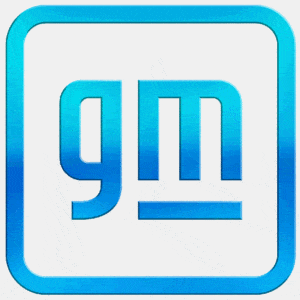 GM’s Mike Anderson, Executive Director of Global Virtual Design, Development and Validation, kicked off the meeting with his keynote lecture, titled “The Move To Virtual”. He spoke of GM’s target to achieve 100% virtual design by 2025. Anderson explained that this doesn’t mean that physical testing will go away, but rather that GM is dead serious about getting to a “right the first time” scenario rather than a “discover and recover” mode. “It’s a measure twice, cut once” culture, he said. He noted that upstart competitors are sprinting ahead in areas like EVs through the use of simulation and that the speed of discovery has increased significantly in the current competitive environment. Simulation drives learning speed, not only because of the opportunity to get engineering answers at the pre-build phase but also because it enables exploration of more of the design space and more of the performance outcomes. He told the conference that “we need to go beyond just replicating physical tests with simulation, we need to leverage the strength of simulation to go beyond test”. In the Q&A, Anderson was asked whether suppliers will also be expected to be virtual. “That’s gonna be tough to play together” for rubber part suppliers that can’t engage via simulation.
GM’s Mike Anderson, Executive Director of Global Virtual Design, Development and Validation, kicked off the meeting with his keynote lecture, titled “The Move To Virtual”. He spoke of GM’s target to achieve 100% virtual design by 2025. Anderson explained that this doesn’t mean that physical testing will go away, but rather that GM is dead serious about getting to a “right the first time” scenario rather than a “discover and recover” mode. “It’s a measure twice, cut once” culture, he said. He noted that upstart competitors are sprinting ahead in areas like EVs through the use of simulation and that the speed of discovery has increased significantly in the current competitive environment. Simulation drives learning speed, not only because of the opportunity to get engineering answers at the pre-build phase but also because it enables exploration of more of the design space and more of the performance outcomes. He told the conference that “we need to go beyond just replicating physical tests with simulation, we need to leverage the strength of simulation to go beyond test”. In the Q&A, Anderson was asked whether suppliers will also be expected to be virtual. “That’s gonna be tough to play together” for rubber part suppliers that can’t engage via simulation.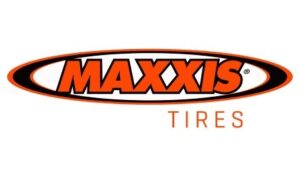 Pooya Behroozinia of Maxxis Tires spoke on “Tire Durability Prediction Using Three-Element Layered Mesh for Cord-Rubber Composites”. Behroozinia shared a tire meshing technique for improving representation of interlaminar shearing in their tire model. They used Endurica DT to simulate the damage accruing across all of the 6 steps in a stepped-up load durability test, and they were able to predict correctly the lower sidewall failure mode, the life (45 hours observed, 38 hours predicted), and the crack orientation. They also had a 2nd validation case in which the loads were increased by 10% in all steps of the test. The simulation again predicted correct failure, and the comparison of experimental life (41000 km) to simulated life (36330 km) was in good agreement.
Pooya Behroozinia of Maxxis Tires spoke on “Tire Durability Prediction Using Three-Element Layered Mesh for Cord-Rubber Composites”. Behroozinia shared a tire meshing technique for improving representation of interlaminar shearing in their tire model. They used Endurica DT to simulate the damage accruing across all of the 6 steps in a stepped-up load durability test, and they were able to predict correctly the lower sidewall failure mode, the life (45 hours observed, 38 hours predicted), and the crack orientation. They also had a 2nd validation case in which the loads were increased by 10% in all steps of the test. The simulation again predicted correct failure, and the comparison of experimental life (41000 km) to simulated life (36330 km) was in good agreement. Vidit Bansal of CEAT spoke on “Incremental, Critical Plane Analysis and Experimental Verification for TBR Tyre Bead Endurance Applications”. Similar to the Maxxis paper, CEAT used Endurica DT to simulate a multi-step durability test with loads ranging from 80% to 250%. In this paper, two different truck tire sizes were modeled and tested, a 10.00R20 and an 11.00R20. The analysis correctly predicted the ply turnup as the critical location. The predicted lives of the two tire sizes were predicted at 90-93% of the actual tested life in both cases.
Vidit Bansal of CEAT spoke on “Incremental, Critical Plane Analysis and Experimental Verification for TBR Tyre Bead Endurance Applications”. Similar to the Maxxis paper, CEAT used Endurica DT to simulate a multi-step durability test with loads ranging from 80% to 250%. In this paper, two different truck tire sizes were modeled and tested, a 10.00R20 and an 11.00R20. The analysis correctly predicted the ply turnup as the critical location. The predicted lives of the two tire sizes were predicted at 90-93% of the actual tested life in both cases. Tom Ebbott and Gobi Gobinath of Goodyear spoke on “A Model for Predicting Residual Casing Life of a Tire Following an Impact Event”. This work demonstrated the consequences on tire damage development of a range of impact event scenarios (3 speeds, 4 impact angles, 3 different wear states) early in the life of the tire. It used Endurica DT to accrue damage from both the impact event (computed with explicit FEA) and subsequent tire runout under steady state rolling conditions (computed with implicit FEA). The crack growth rate curve during the impact was based upon experimental measurements of the critical tearing energy at impact rates. When asked about experimental validation of the simulation results during the Q&A, Ebbott noted that “the modeling work stands on its own – it is based on sound physics”.
Tom Ebbott and Gobi Gobinath of Goodyear spoke on “A Model for Predicting Residual Casing Life of a Tire Following an Impact Event”. This work demonstrated the consequences on tire damage development of a range of impact event scenarios (3 speeds, 4 impact angles, 3 different wear states) early in the life of the tire. It used Endurica DT to accrue damage from both the impact event (computed with explicit FEA) and subsequent tire runout under steady state rolling conditions (computed with implicit FEA). The crack growth rate curve during the impact was based upon experimental measurements of the critical tearing energy at impact rates. When asked about experimental validation of the simulation results during the Q&A, Ebbott noted that “the modeling work stands on its own – it is based on sound physics”. These days everybody’s talking about whether to meet in person or online. There are great tools available for online meetings, and these have helped us navigate Covid-19. Like everyone else, Endurica teammates regularly use online meeting technology. But if there is one thing we learned over the last year, it is that sometimes physical presence really matters. Living and working in isolation is just not healthy in the long run.
These days everybody’s talking about whether to meet in person or online. There are great tools available for online meetings, and these have helped us navigate Covid-19. Like everyone else, Endurica teammates regularly use online meeting technology. But if there is one thing we learned over the last year, it is that sometimes physical presence really matters. Living and working in isolation is just not healthy in the long run.

